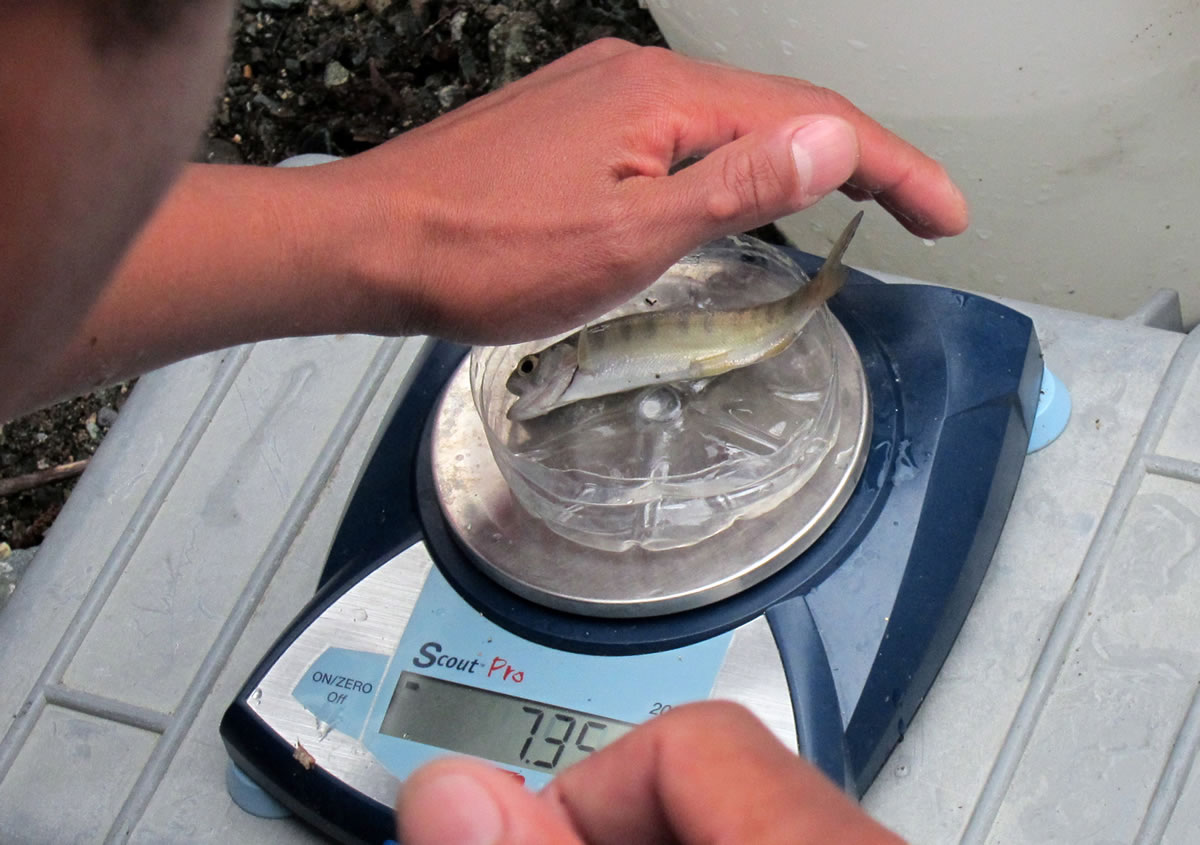KLAMATH FALLS, Ore. — For decades, this rural basin has battled over the Klamath River’s most precious resource: water that sustains fish, irrigates farms and powers the hydroelectric dams that block one of the largest salmon runs on the West Coast.
Now, one of the nation’s fiercest water wars is on the verge of erupting again.
New water rights have given a group of Oregon Indian tribes an upper hand just as the region plunges into a severe drought.
Farmers and wildlife refuges could be soon cut off by the Klamath Tribes, which in March were granted the Upper Klamath Basin’s oldest water rights to the lake and tributaries that feed the mighty river flowing from arid southern Oregon to the foggy redwoods of the Northern California coast.
Within weeks, the 3,700 members of the tribes are poised to make use of their new rights to maintain water levels for endangered Lost River and Shortnose suckers, fish they traditionally harvested for food. Under the “first in time, first in right” water doctrine that governs the West, the Klamath Tribes can cut off other water users when the river runs low.
Low flows have already raised tensions between tribes and farmers who draw from the river’s headwaters. Cutting off water this year could dry up farmland and bring that looming conflict to a head.
“A lot of people’s water could be shut off, and that has huge implications and it affects peoples’ livelihoods to the core,” said Jeff Mitchell, a tribal council member and its lead negotiator on water issues. “But I also look at our fishery that is on the brink of extinction. We have a responsibility to protect that resource, and we’ll do what we need to do to make sure that the fish survive.”
The tribes’ cutting off water could also spell the end to a fragile truce that was supposed to bring lasting peace to the river. A coalition of farmers, fishermen, tribes and environmentalists forged the Klamath Restoration Agreements three years ago to resolve the distribution of water and restore habitat and bring back salmon by removing four hydroelectric dams. But the deal has languished in Congress, and a year of drought and discord could unravel it for good.
Before the attempt at compromise, the Klamath had lurched from crisis to crisis for more than a decade: water shut-offs that left farmland fallow, flows so low they caused a mass fish die-off, recurring toxic algae blooms that fouled reservoirs, and salmon population declines that closed 700 miles of coastline to fishing.
The tribes fear that exercising their new water rights will make them a target for retaliation or violence. Klamath County is 86 percent white, and the history between Indians and some farmers is strained.
Some of the farmers resented payments that some tribal members received after the U.S. government terminated their federal recognition and dissolved their reservation in the 1950s.
In recent months, members monitoring water levels have reported being threatened by farmers, and the tribes have sought assurances from law enforcement that they will be protected. State officials have taken the unusual step of assembling a 15-person Klamath Action Team to protect public safety and stave off water conflicts as the region plunges into a severe drought, said Richard Whitman, natural resources policy adviser to Oregon Gov. John Kitzhaber.
The truce was supposed to bring peace along the Klamath. Instead the discord has surged.



